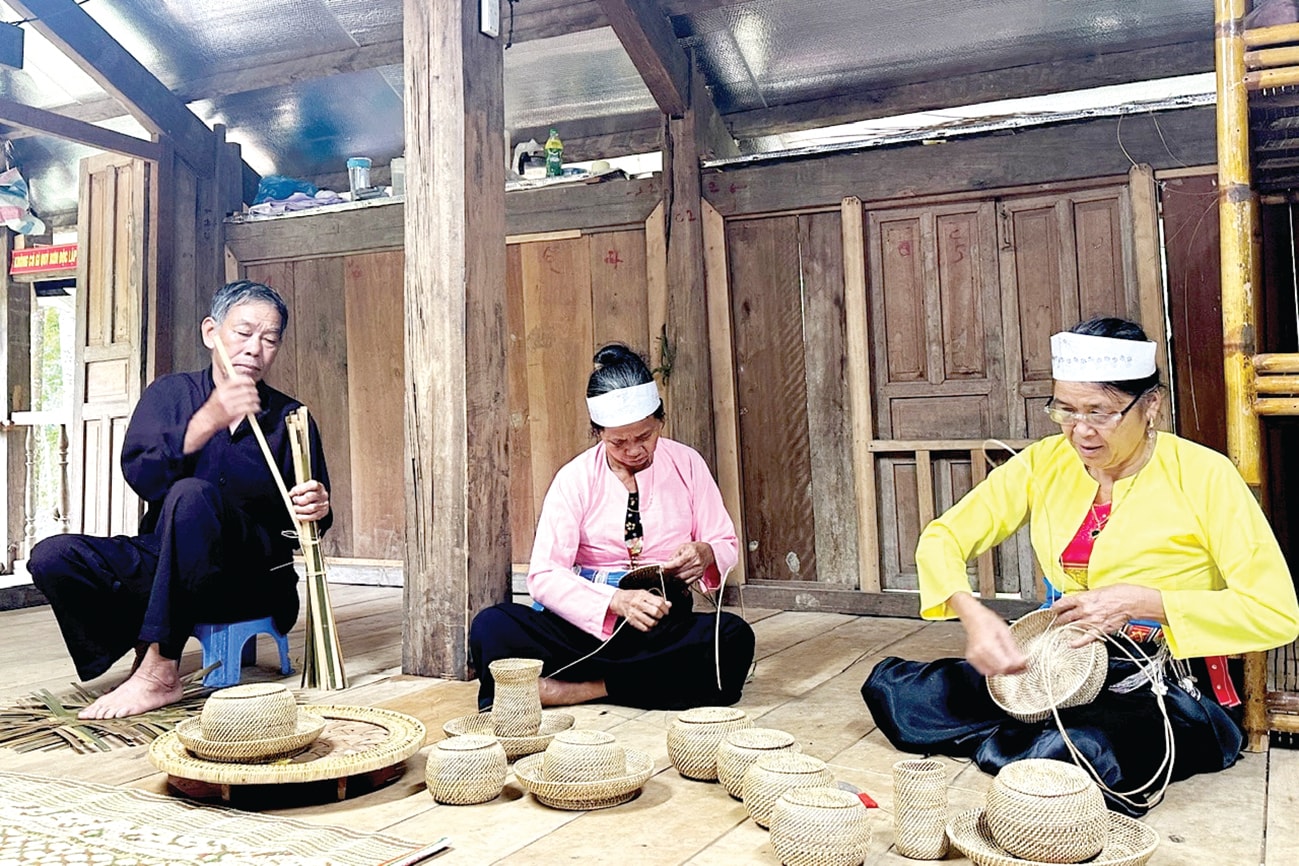
Although the Muong people are not as numerous as in Hoa Binh and Thanh Hoa provinces, only a small community of more than a thousand people, the weaving craft and patterns on Muong products in Tra My commune (Da Nang city) are still preserved. That is a way to affirm the cultural presence in the multi-ethnic picture of Quang region. This is also proof of the exchange: Muong patterns blend with the influence of Co Tu and Xe Dang, creating a unique nuance.
Traditional weaving
When talking about the Muong people, many people often think of stilt houses, Muong folk songs and festivals imbued with traditional culture. However, there is a heritage that is rarely mentioned, but is imbued with the cultural soul, which is the weaving profession - a craft that has accompanied the lives of the people for generations.
Artist Phan Cam Thuong believes that, in the ancient Muong language, Muong (Muang) means a land, an area where Muong people live. Hoa Binh province during the French colonial period was called Muong province. In Hoa Binh, there are four famous large Muong: Nhat Bi, Nhi Vang, Tam Thang, Tu Dong - that is, Muong Bi (Tan Lac), Muong Vang (Lac Son), Muong Thang (Cao Phong) and Muong Dong (Kim Boi). He believes that Muong people live entirely on nature, all utensils are mostly made from bamboo, wood and earth, there is very little iron in labor tools, and the Muong people's iron forging profession is not high.
In the life of the Muong people, bamboo and rattan are the materials used for everything from baskets, bamboo mats, winnowing baskets, to rice containers and hunting tools. Weaving has become a popular profession among the Muong people. The pinnacle of weaving is weaving the summer tray, which is only used for offerings. The rim of the tray is woven from rattan.
Weaving is usually done by old farmers. The older they get, the more skilled they become, until they become weak and weak. From a young age, Muong children naturally learn to weave.
“After knitting, people often hang the knitted items in the kitchen - the central kitchen in the house, the fire is never turned off - to dry, and let the knitted items absorb smoke and soot until they are shiny black. Knitted items that are smoked like this are durable, water-resistant, and termite-proof,” wrote artist Phan Cam Thuong.
Pattern - Message
In Quang Nam, where the Muong community migrated, woven products not only meet daily living needs, but also carry a unique pattern language, reflecting the worldview , philosophy of life and deep cultural memories.
Nature, fruits, pottery… suggest the shapes of Muong woven items. Researcher Phan Cam Thuong believes that this is the result of thousands of years of contact with plants in the forest, with rivers and land. The shape of the woven items seems to be born naturally from the forest.
But what makes the identity is not only the function, but also the interwoven patterns on the product surface.
Muong patterns are often geometric. The diamond shape symbolizes terraced fields with the hope of a bountiful harvest. The zigzag lines evoke the shape of mountains, expressing the protective power of nature.
Fox eyes and nets are symbols of cleverness and vigilance, and are also “charms” to ward off evil spirits in folk beliefs. Floral and bird motifs represent the belief in fertility and continuity. Each motif is a message, in place of words, reminding descendants of their origins and the harmonious relationship between humans and the earth.
The Muong people's weaving craft not only creates utensils, but also serves as a means of worship. Many products with special patterns are used in festivals and rituals. In weddings, a diamond-patterned basket is a gift symbolizing prosperity. In agricultural festivals, bamboo baskets are engraved with water waves, praying for favorable weather. In fertility beliefs, double and repeated weaving patterns represent the belief in fertility and the continuation of the family line.
Muong people in Tra My often choose old, strong bamboo and flexible rattan for weaving. The process of whittling and splitting the fibers requires patience. To create patterns, the craftsman must calculate the number of bamboo, fibers and how to interlace them.
When weaving, they change the direction and the degree of cross-weaving of the yarn to create diamond or lattice shapes, or interweave colors (yarn dyed from tree bark and forest leaves) to highlight the patterns. It is a combination of technique and aesthetics - transforming rough objects into products that are both durable and have artistic value.
Nowadays, the woven products of the Muong people not only serve daily life, but are also used in community tourism, becoming handicrafts favored by tourists. Innovative products from handbags, decorative lamps, and interior items are also made by many young people.
Bamboo strips thus make up the story of the Muong people in Quang Nam...
Source: https://baodanang.vn/ky-hieu-cua-ban-sac-muong-3305238.html



![[Photo] Binh Trieu 1 Bridge has been completed, raised by 1.1m, and will open to traffic at the end of November.](https://vphoto.vietnam.vn/thumb/1200x675/vietnam/resource/IMAGE/2025/10/2/a6549e2a3b5848a1ba76a1ded6141fae)






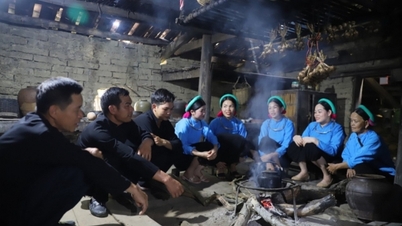







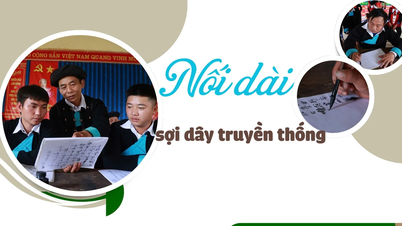
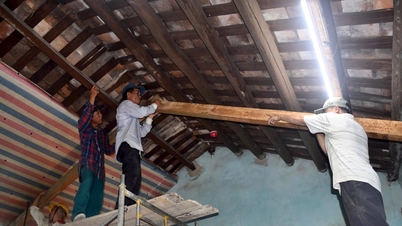
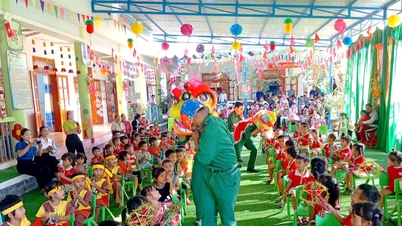
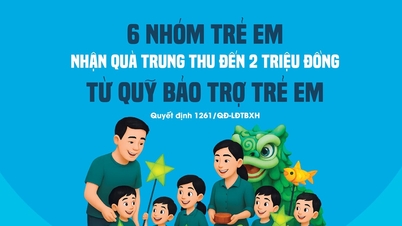
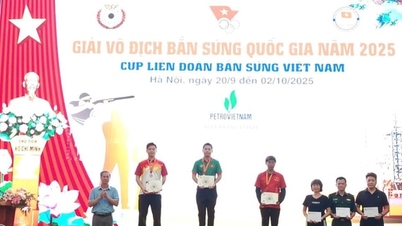
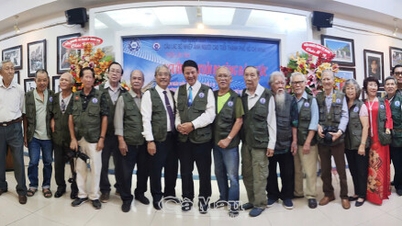






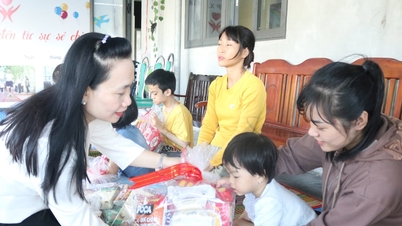
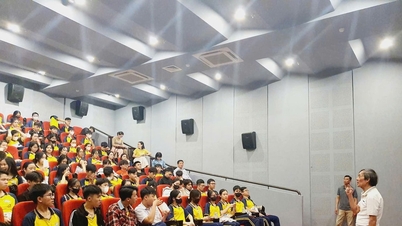
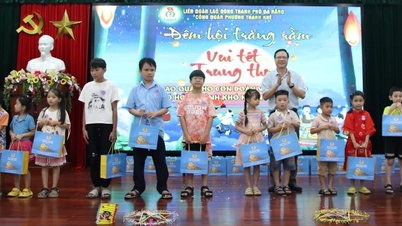
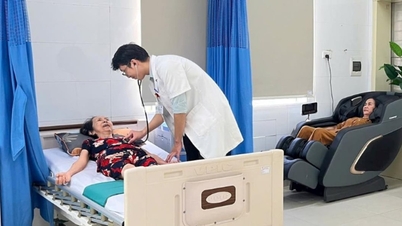






















































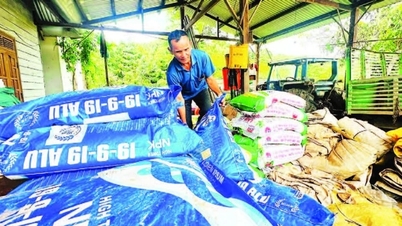
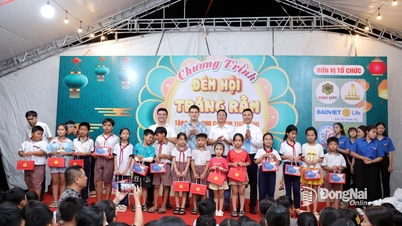














Comment (0)